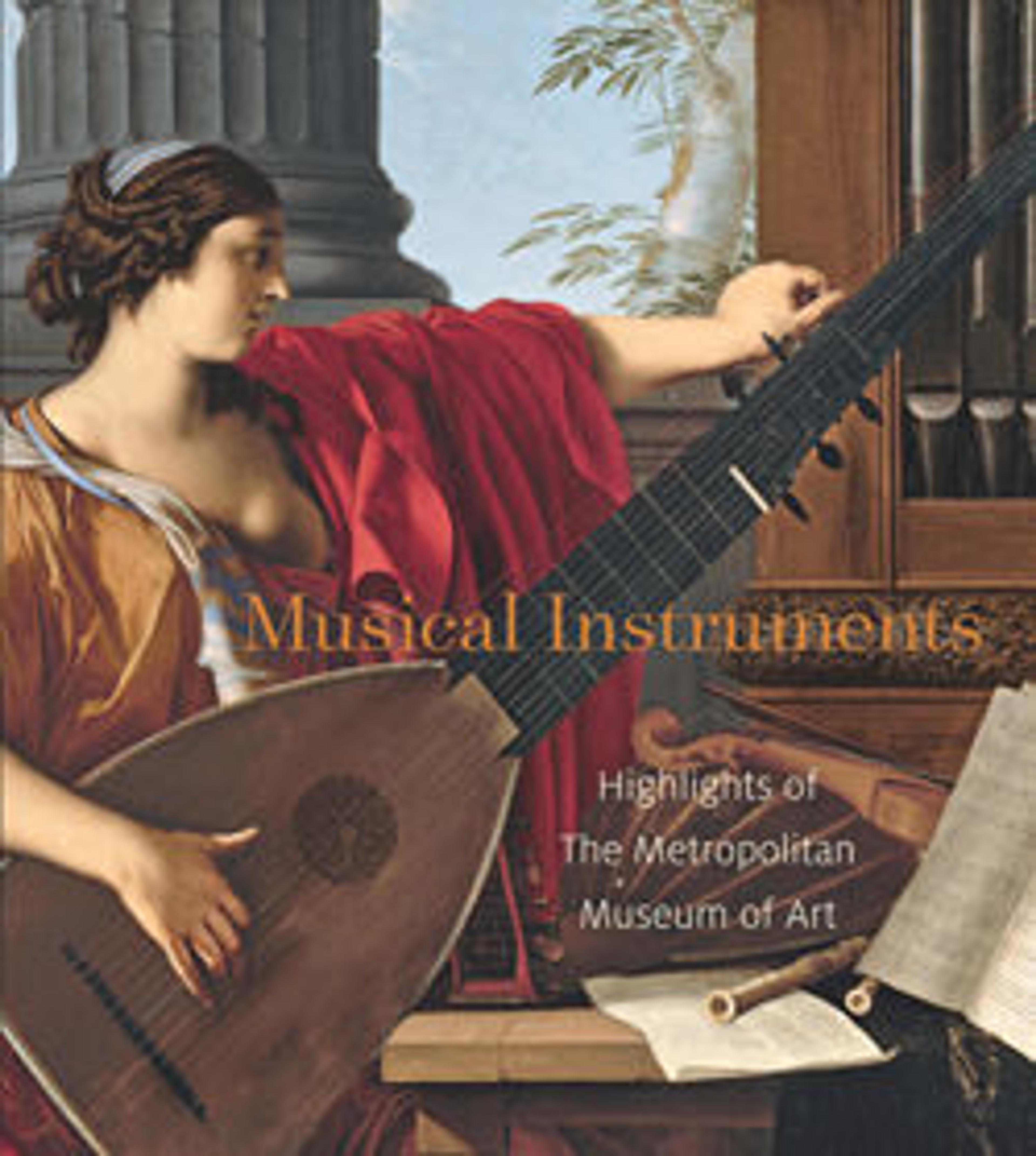Lute
Strings ran from the top of this instrument’s long neck to the end of the sound box, which has indentations (called the waist) on its sides. The musician’s right hand probably plucked the strings while the left hand used the lower portion of the neck as a fingerboard. This lute is one of only four of the type to survive; the indentations on the sound box suggest that it may be an ancestor of the guitar.
Artwork Details
- Title: Lute
- Date: 200–500
- Geography: Made in Egypt
- Culture: Roman/Byzantine
- Medium: Wood with traces of paint
- Dimensions: Overall: 4 3/4 x 1 7/16 x 28 13/16 in. (12 x 3.7 x 73.2 cm)
- Classification: Woodwork-Miscellany
- Credit Line: Rogers Fund, 1912
- Object Number: 12.182.44a, b
- Curatorial Department: Medieval Art and The Cloisters
Audio
870. Kids: Lute
0:00
0:00
We're sorry, the transcript for this audio track is not available at this time. Please email info@metmuseum.org to request a transcript for this track.
More Artwork
Research Resources
The Met provides unparalleled resources for research and welcomes an international community of students and scholars. The Met's Open Access API is where creators and researchers can connect to the The Met collection. Open Access data and public domain images are available for unrestricted commercial and noncommercial use without permission or fee.
To request images under copyright and other restrictions, please use this Image Request form.
Feedback
We continue to research and examine historical and cultural context for objects in The Met collection. If you have comments or questions about this object record, please complete and submit this form. The Museum looks forward to receiving your comments.
